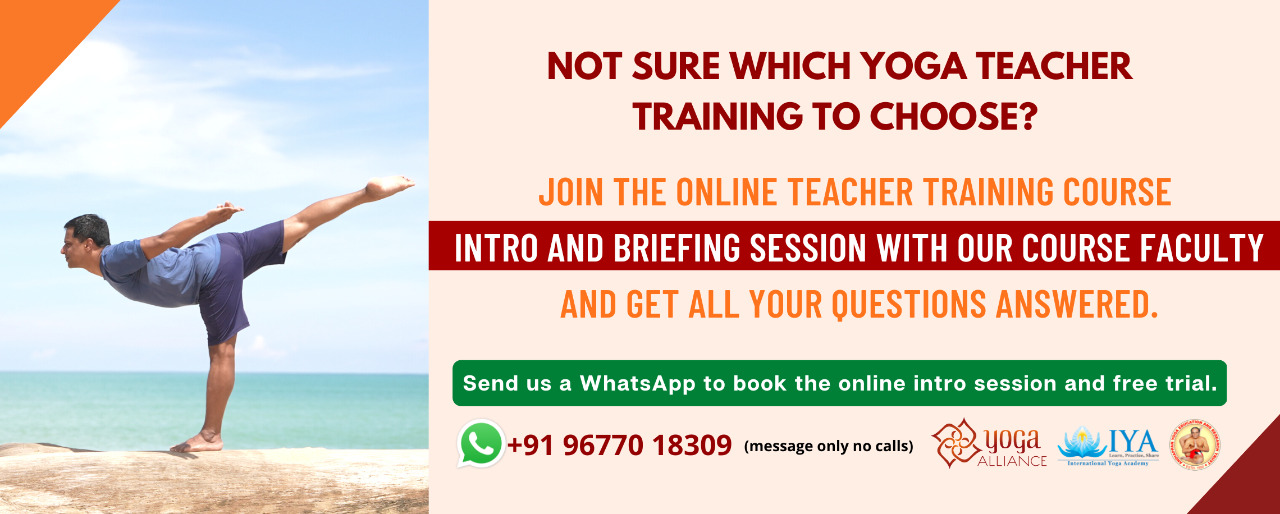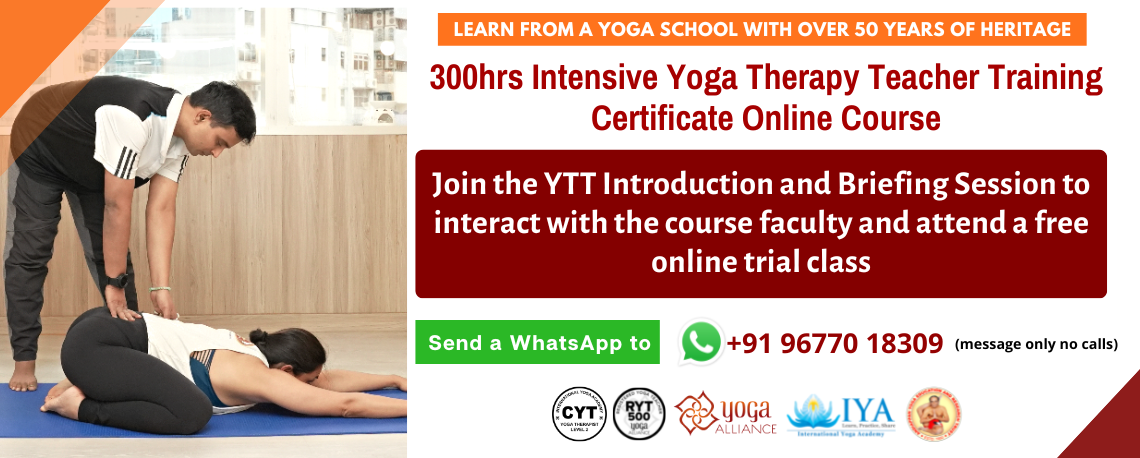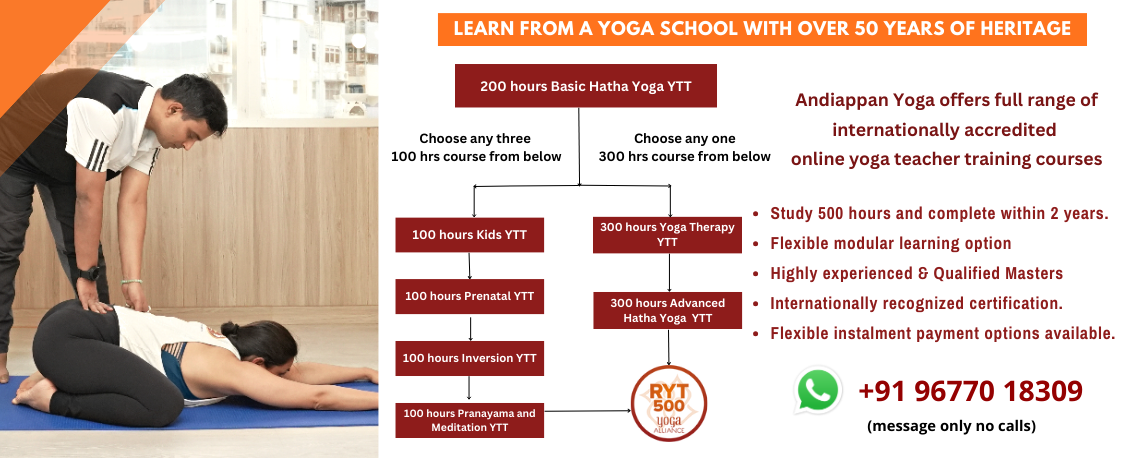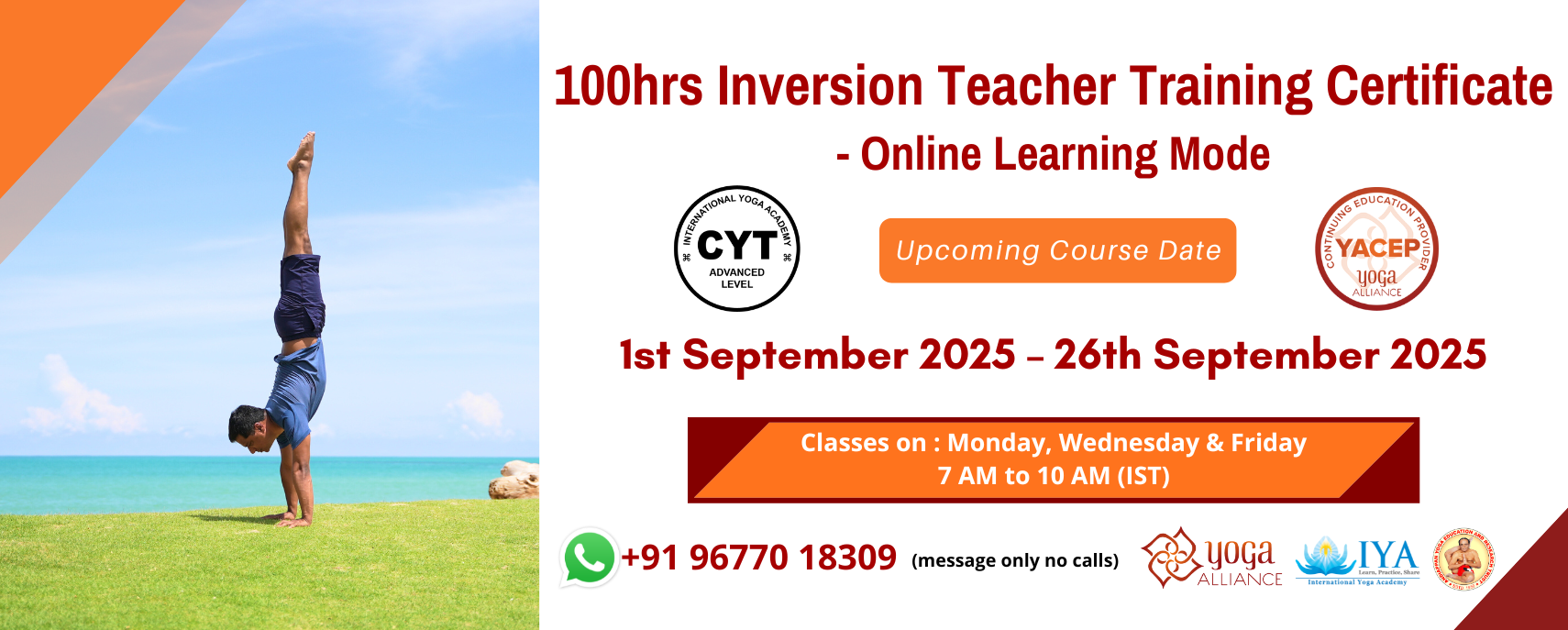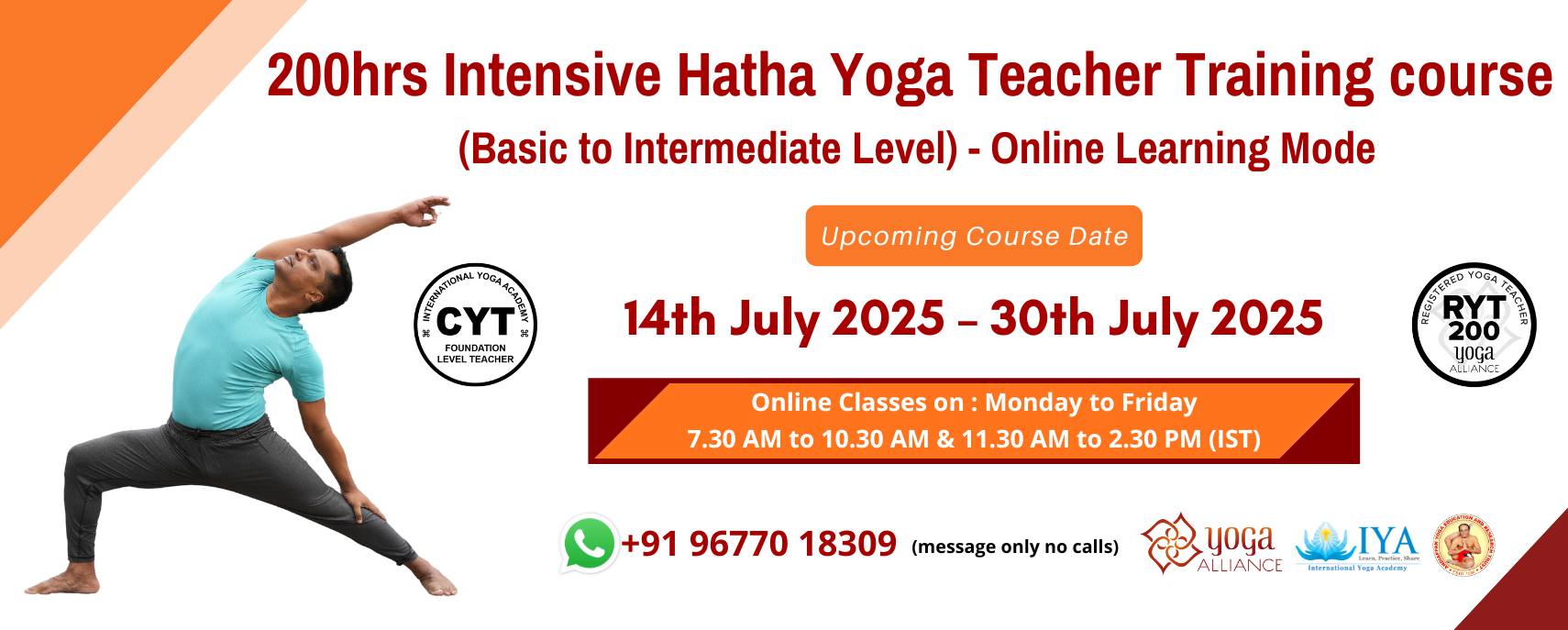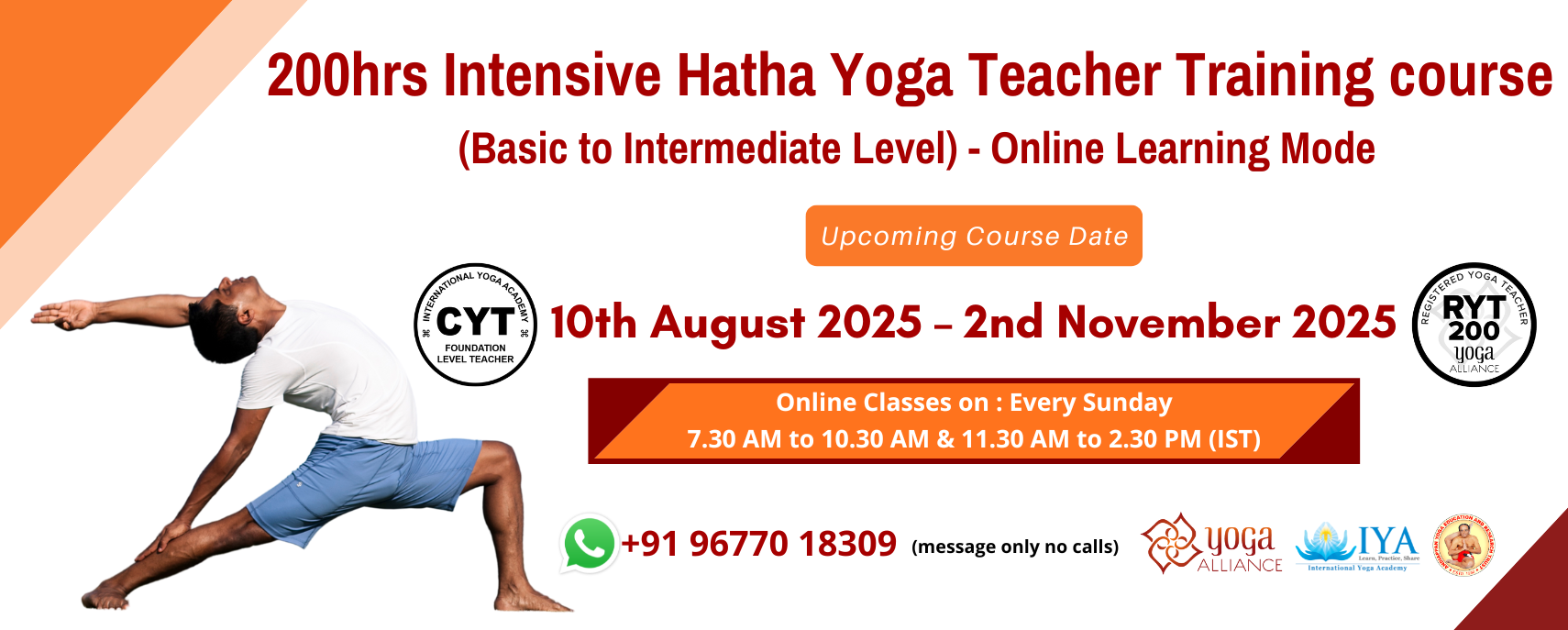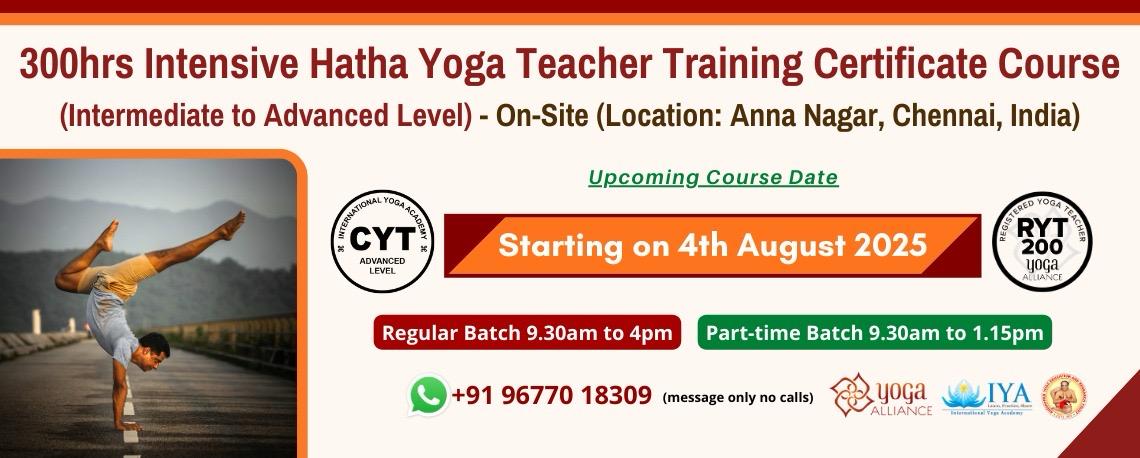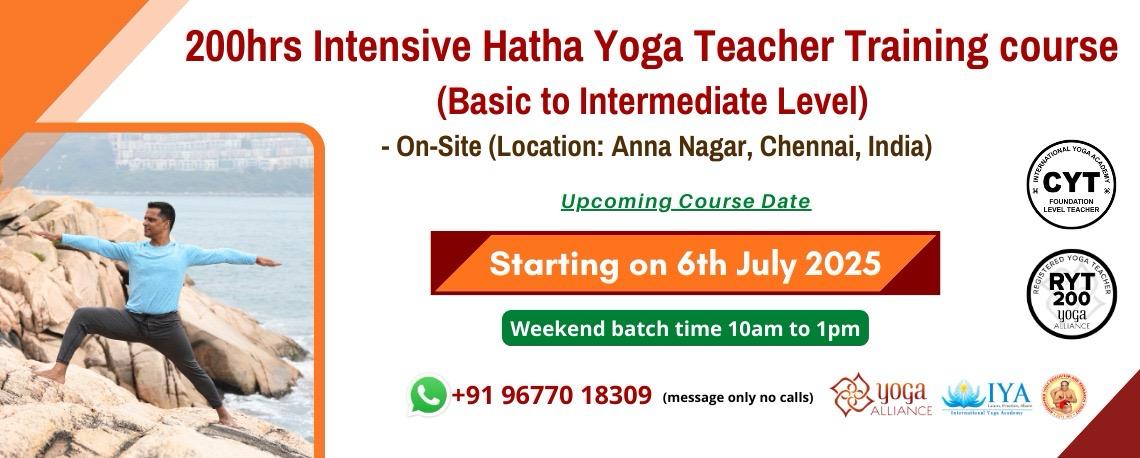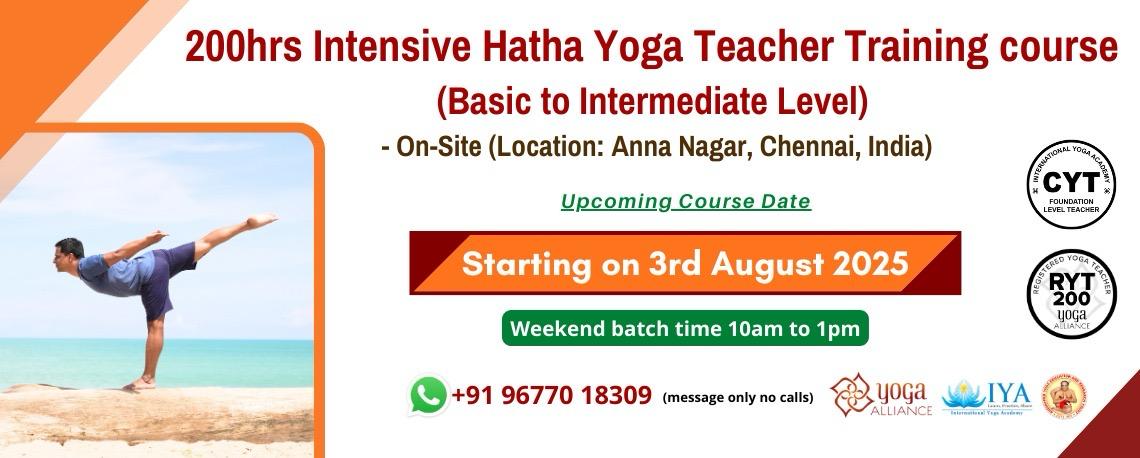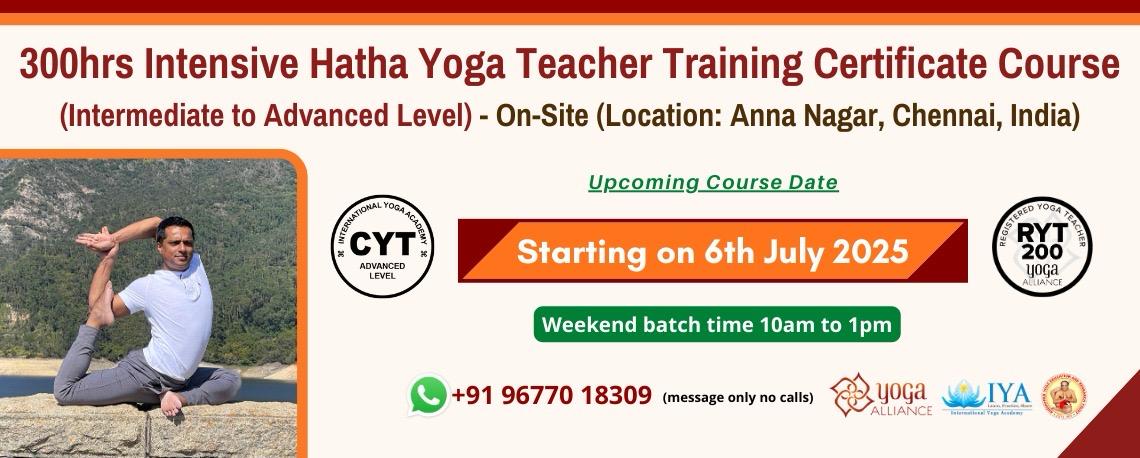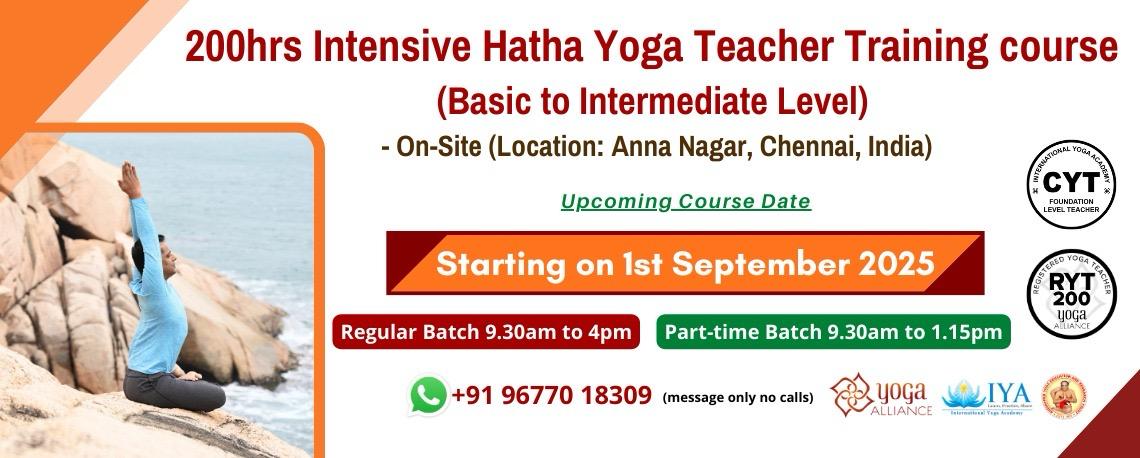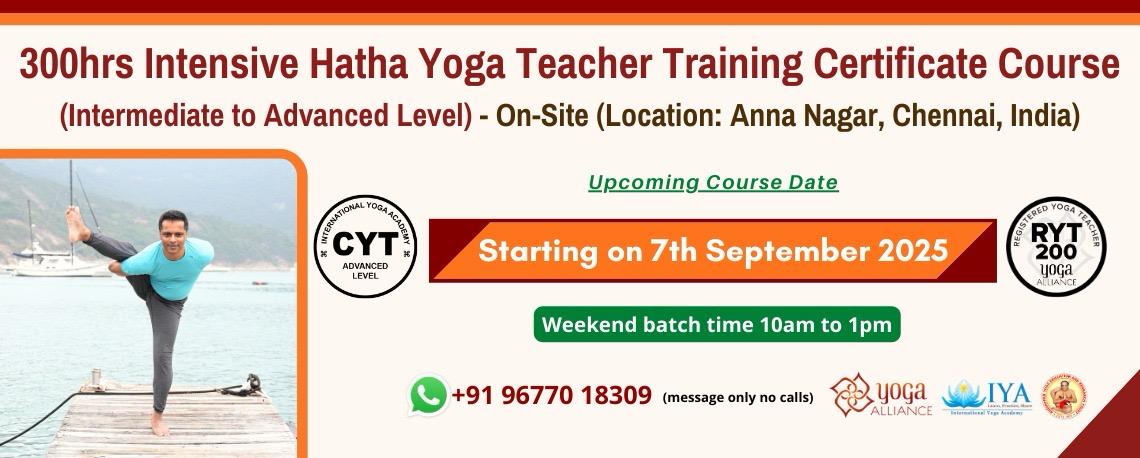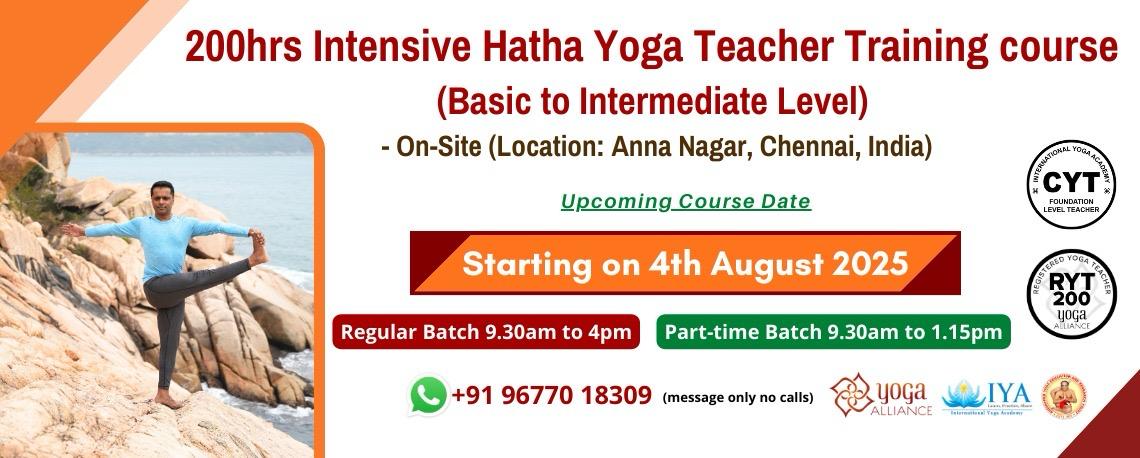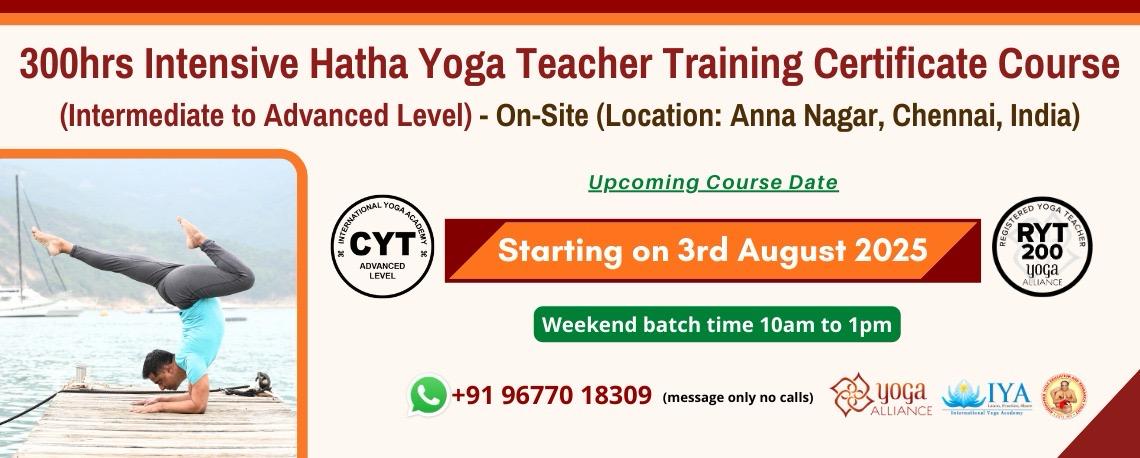Almost everyone may have experienced lower back pain. Painkillers or pain relieving cream ease the pain but only temporarily. It can only be cured when the root or the source of the problem is identified.
The lower back is prone to much mechanical stress and strain. This is because the lower back is flexible and is used mostly in many daily activities. For instance, the entire upper body weight sits on the lower back. Daily activities, including using a smartphone or tablet, working at the computer, reading a book or watching the TV, sitting or lifting any heavy object etc, may result in bad postures, thus leading to a chronic neck and back pain. Lower back pain has therefore become more common.
Yoga Therapy
Yoga therapy for lower back pain is all about restructuring the postural disorder to work not only the particular muscle but also the entire body frame. The key element in yoga therapy for the lumbopelvic or iliopsoas syndrome is to sequence the order of treatment.
Standing postures work on creating a balanced skeletal structure, which stabilise the pelvis. As the psoas shortens, all the lateral extension postures help to lengthen muscles evenly on both sides.
Inverted postures give nice traction by elongating and releasing compression in the spine.
Twisting postures contract and twist the muscles and provide a very good relief from any strain.
Forward bending postures give a symmetric stretch for the back by keeping the entire back even from the pelvis.
Backbends engage the extensor muscles of the back.
Seated and arm balancing poses help to strengthen the core muscles to gain stability in the abdominal and the pelvic muscles.
We will look into some of the important postures, which directly work in fixing the iliopsoas muscle and correcting the posture.
Yoga therapy helps relieve lower back pain. A regular and consistent asana practice keeps our body healthy and address some of the back pain problems. Avoid doing deep forward or backward bends.
More importantly, understand the problem and pay attention to the daily activities. For example, watch how you sit, stand or sleep. Often times, we may need to readjust the way we sit. When we are lying down, we should turn to the side to get up. We should bend our knees and squat while lifting a heavy object.
During the initial stage, take proper rest and consult a doctor to identify the exact problem






 My cart
My cart
